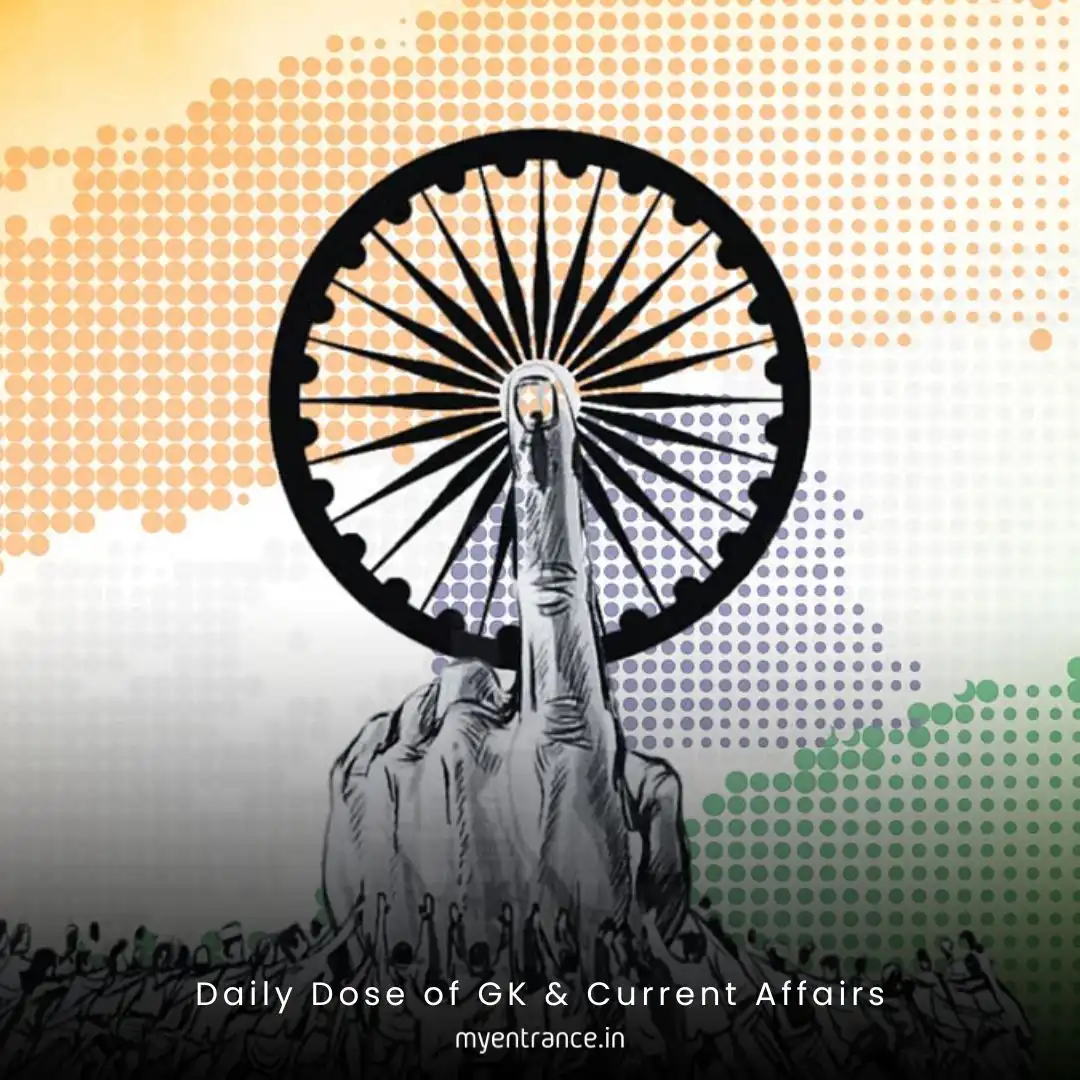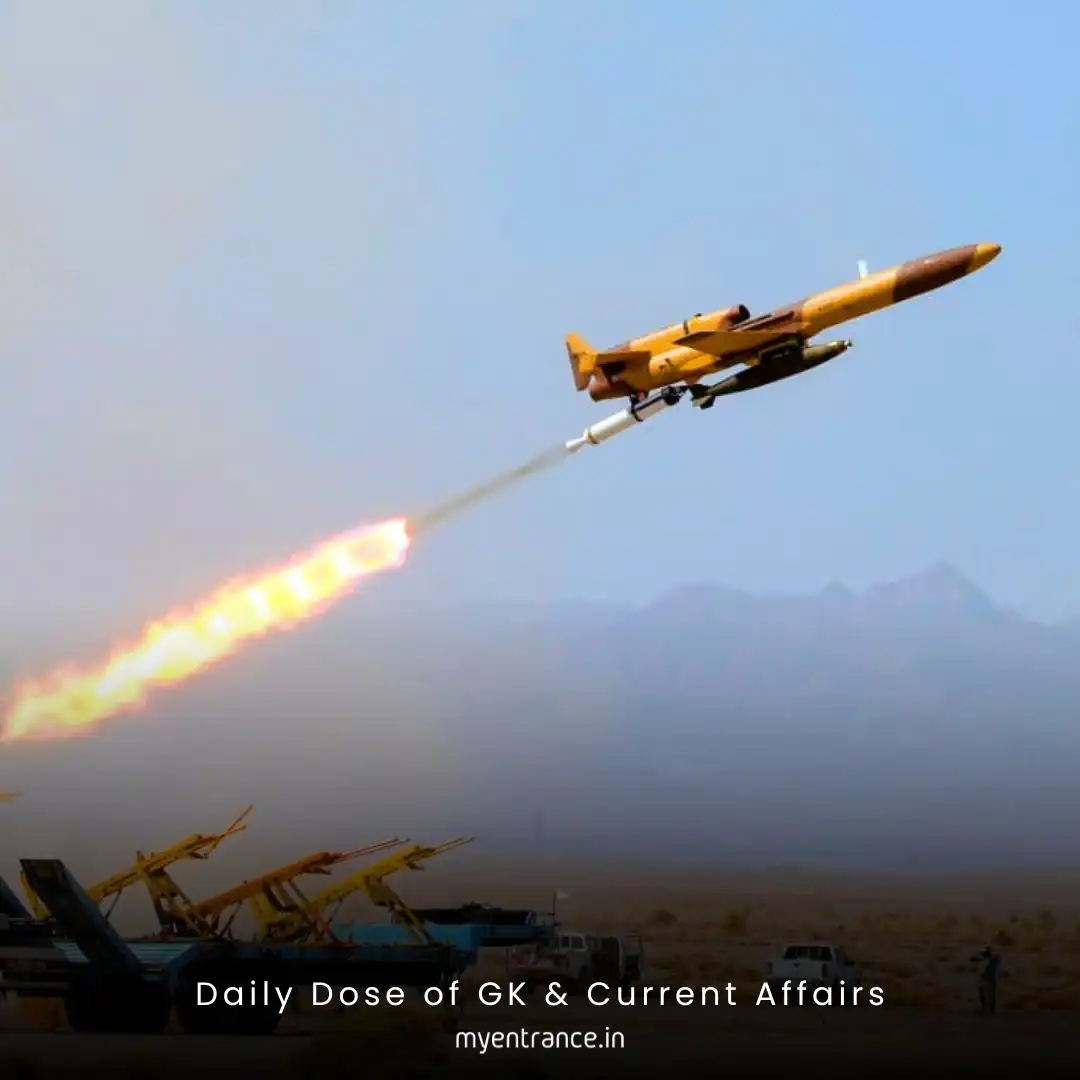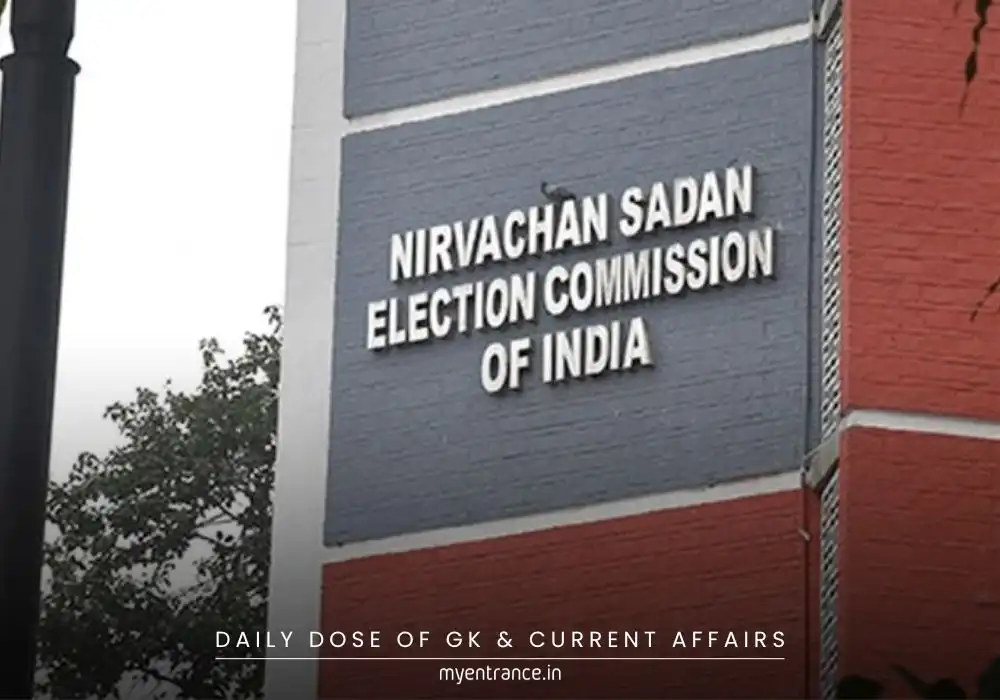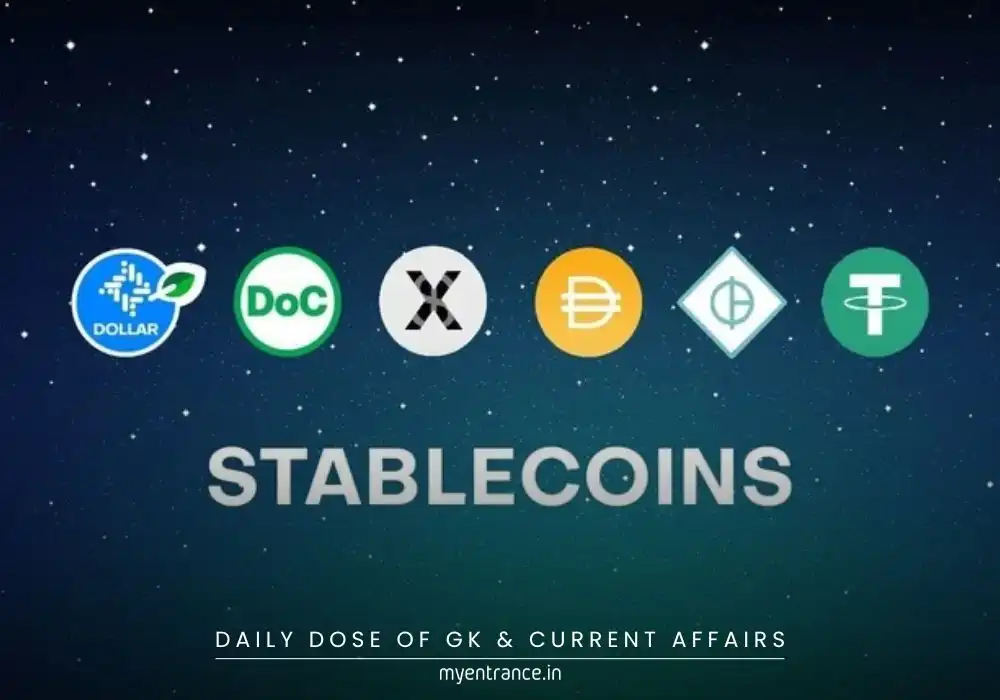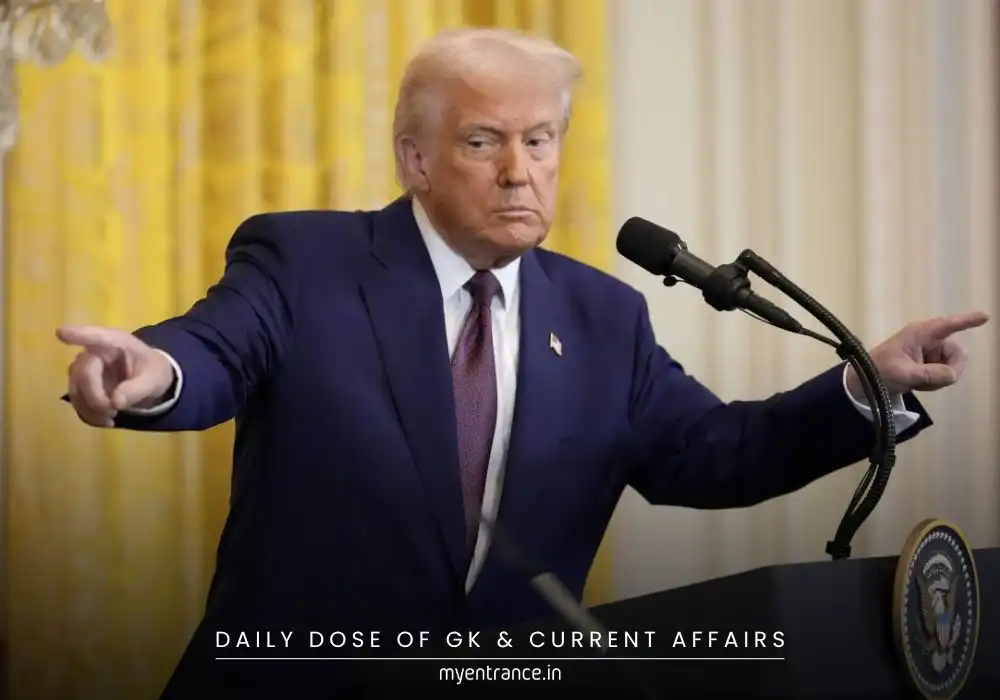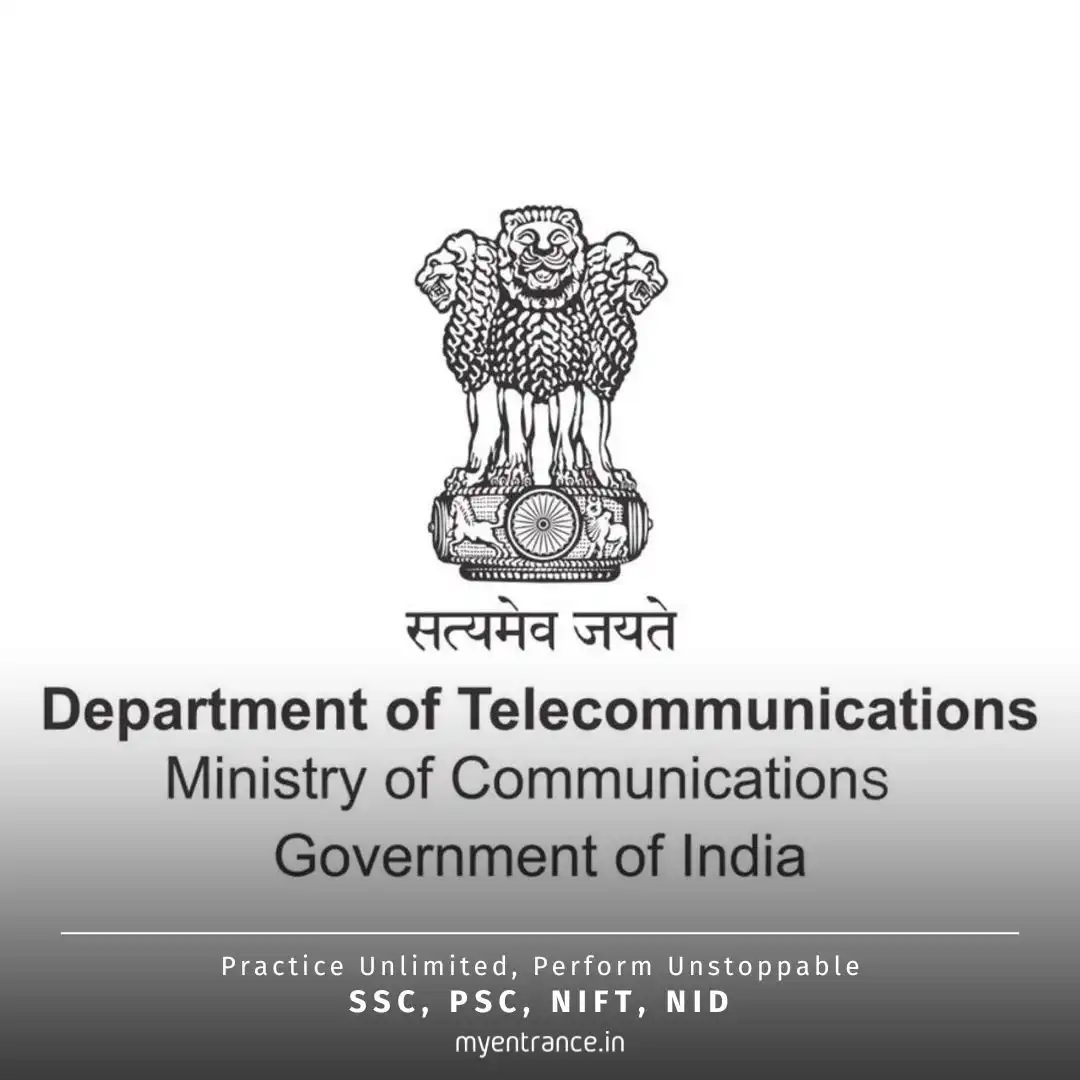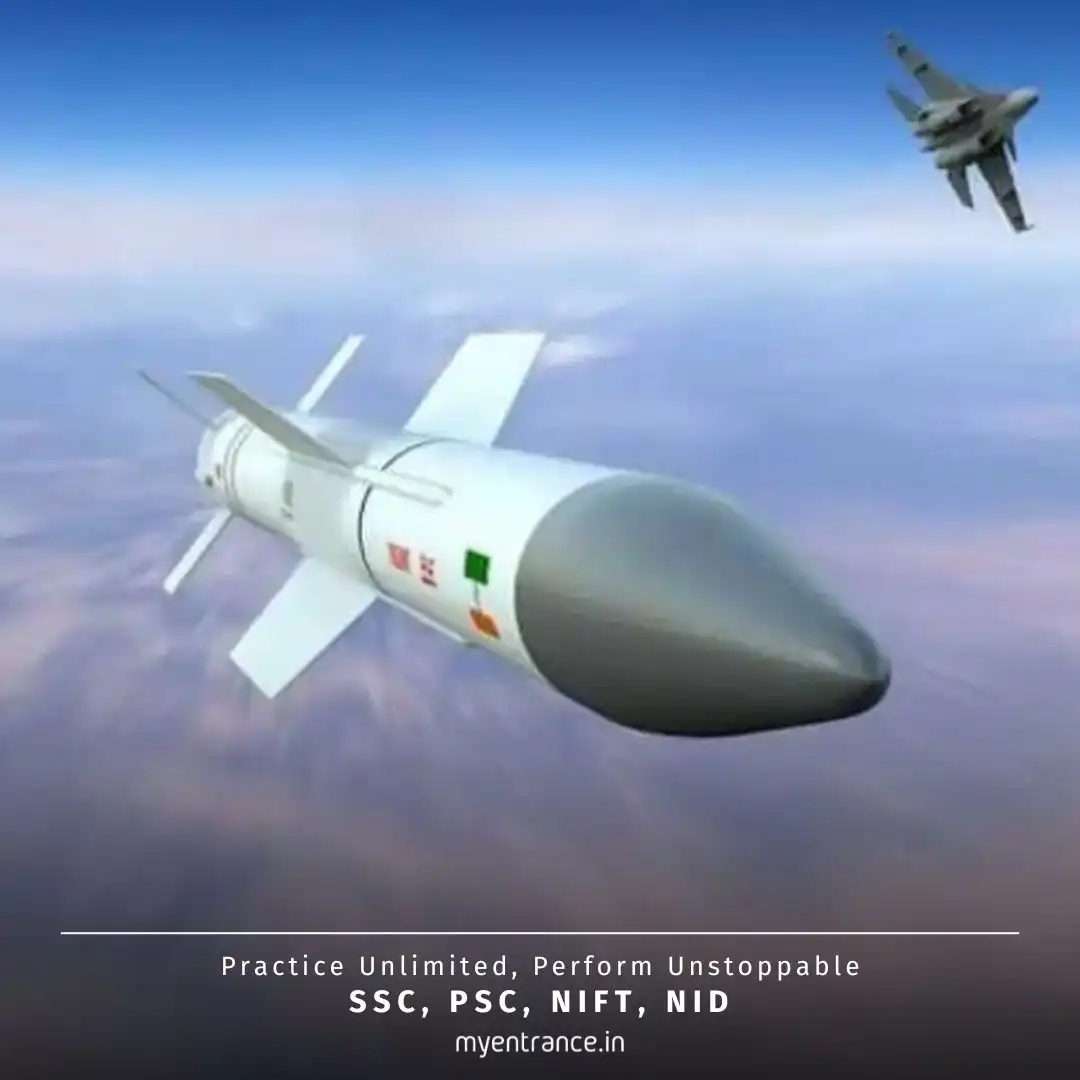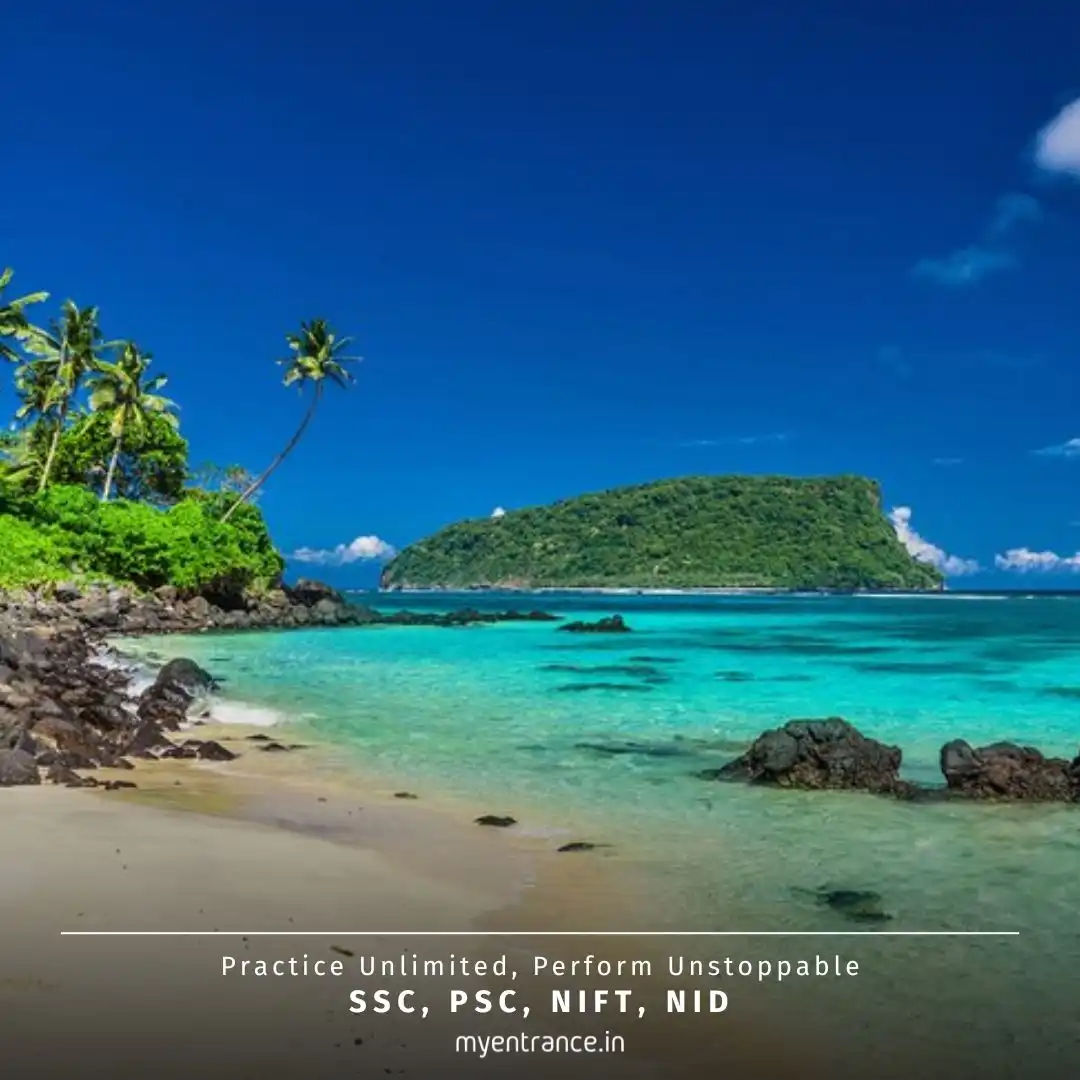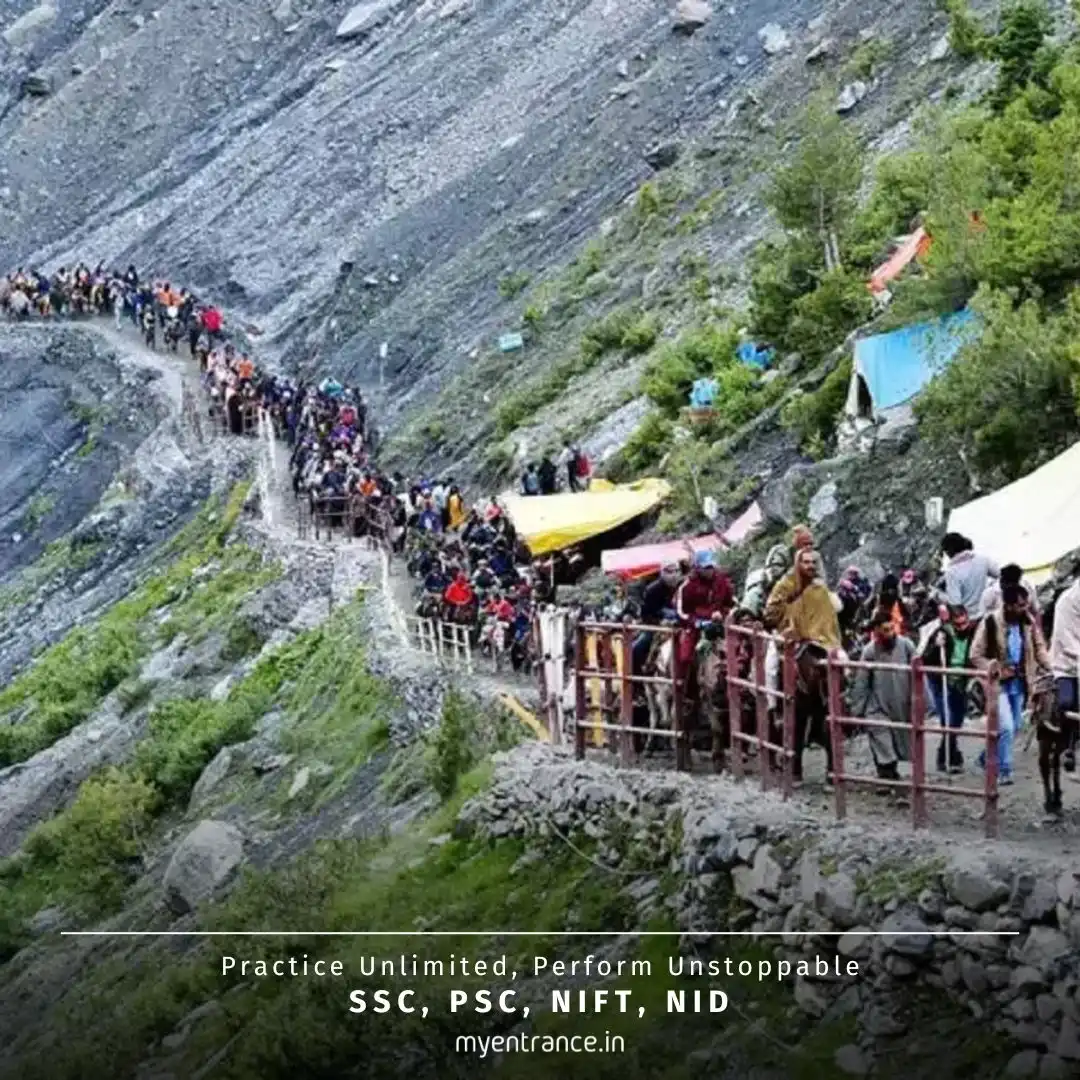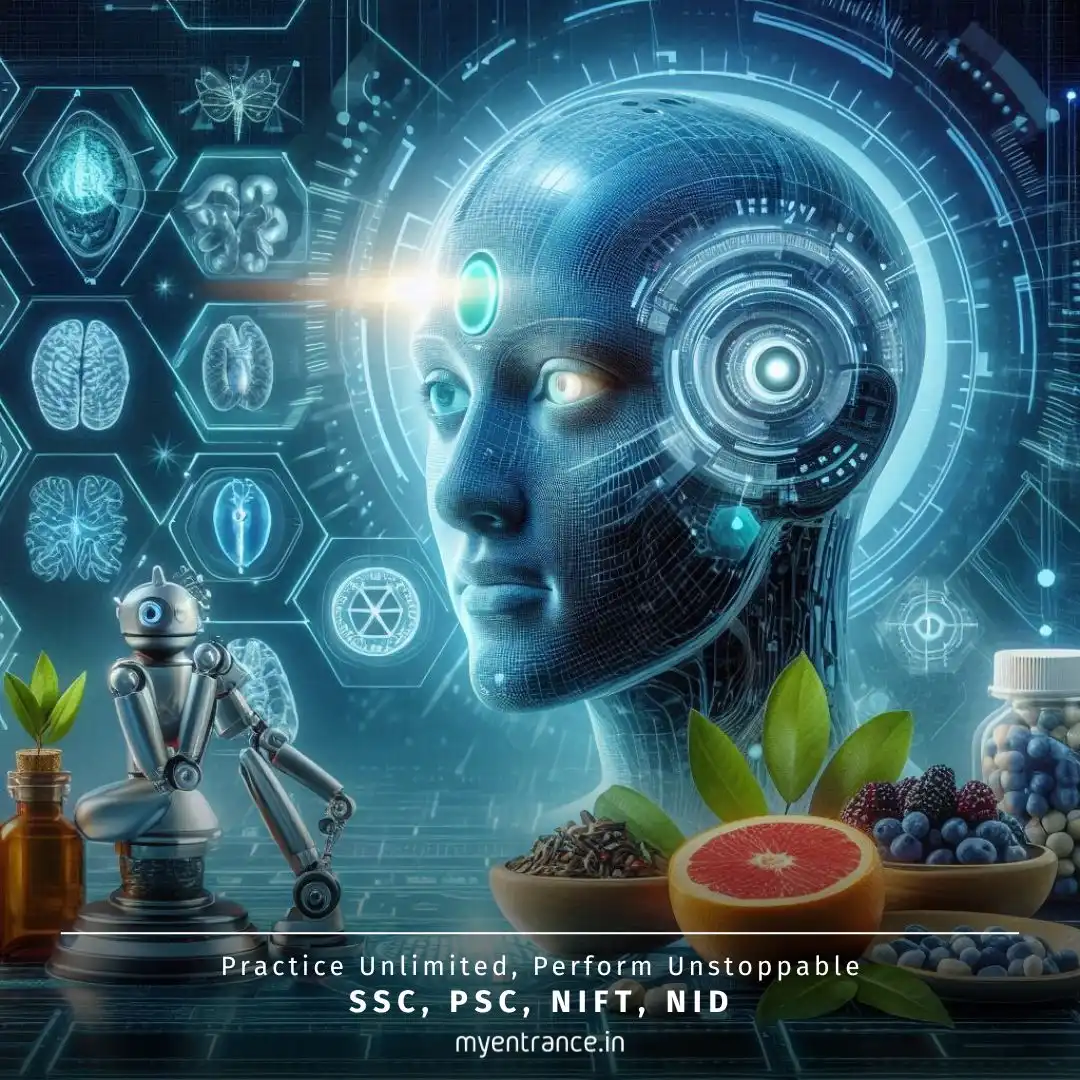Translate Language
How Did India Prepare for Its First Democratic Election in 1952?
India’s first general elections in 1951-52 were a defining moment in its democratic journey. With a population of 34.8 crore, widespread illiteracy, and the aftermath of Partition, creating accurate voter lists was a herculean task. The Election Commission’s strategies ensured universal adult suffrage, setting a precedent for future elections.
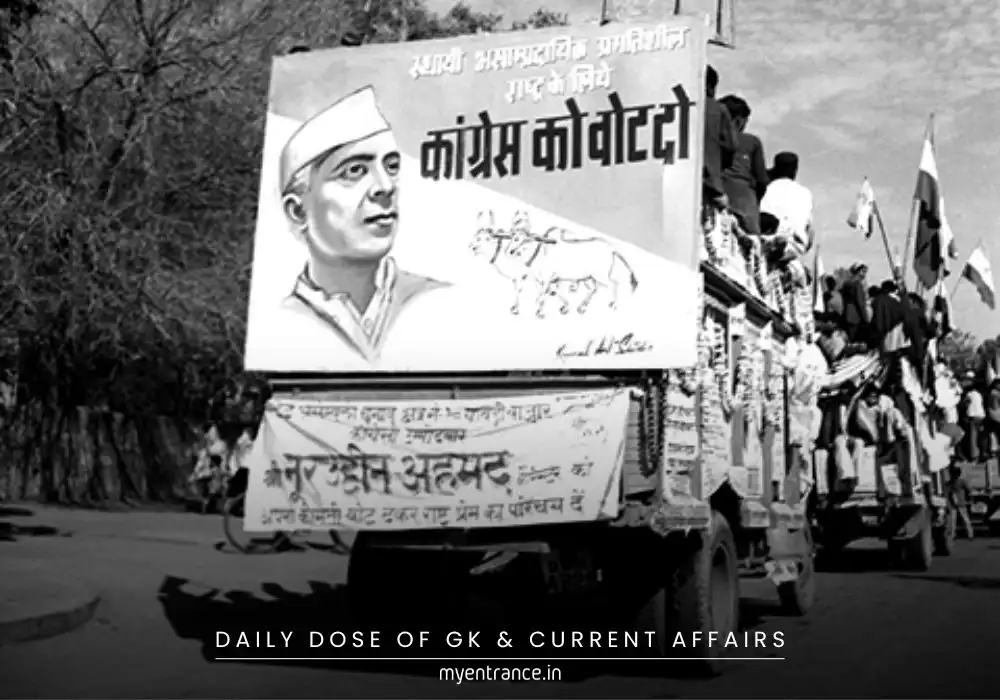
How the Election Commission Prepared India’s First Electoral Rolls
1. The Bold Decision: Universal Adult Suffrage
The Constituent Assembly, as early as July 1947, committed to universal adult suffrage, granting voting rights to every citizen aged 21 or above.
Draft electoral roll preparations began in March 1948, with eligibility criteria including:
Indian citizenship
Minimum age of 21 by January 1, 1949
Residency of at least 180 days in an electoral unit
2. Challenges in Voter Registration
Refugee Crisis: Millions displaced by Partition had no documents. The EC allowed simple declarations of intent to reside in India.
Women’s Participation: Many rural women hesitated to register independently, often listing themselves as “wife of X” or “daughter of Y.”
Caste & Religion Data: Initially, rolls included religion/caste for reserved seats, but this was later dropped for Muslims and Christians (only SC/ST reservations remained).
3. Legal Framework & Final Roll Preparation
The Representation of the People Act, 1950 provided the legal structure for voter qualifications.
Final rolls (1951) included 17.32 crore voters (49% of India’s population), with 96% of eligible adults enrolled—a remarkable achievement!
Sample Questions & Answers for Competitive Exams
Q1. What was the voting age for India’s first general elections?
Ans: 21 years (as per universal adult suffrage).
Q2. Why was registering women a challenge in 1951?
Ans: Many rural women registered under their husband’s/father’s names due to social norms.
Q3. Which Act governed India’s first electoral rolls?
Ans: The Representation of the People Act, 1950.
Q4. How were Partition refugees included in voter lists?
Ans: They were allowed to self-declare their intent to reside in India.
Q5. What percentage of adults were enrolled in 1951?
Ans: Nearly 96% of eligible voters.
Why Is This Important for Exams?
SSC/PSC: Covers Indian Polity (Article 324-329) and Post-Independence History.
UPSC: Relevant for GS-I (History) and GS-II (Election Commission & RPA Act).
NID/NIFT/FDDI: Tests general awareness of India’s democratic evolution.
Understanding India’s first elections helps grasp the EC’s role, challenges in democracy, and constitutional provisions—key topics for competitive exams!
Get 3 Months Free Access for SSC, PSC, NIFT & NID
Boost your exam prep!
Use offer code WELCOME28 to get 3 months free subscription. Start preparing today!
